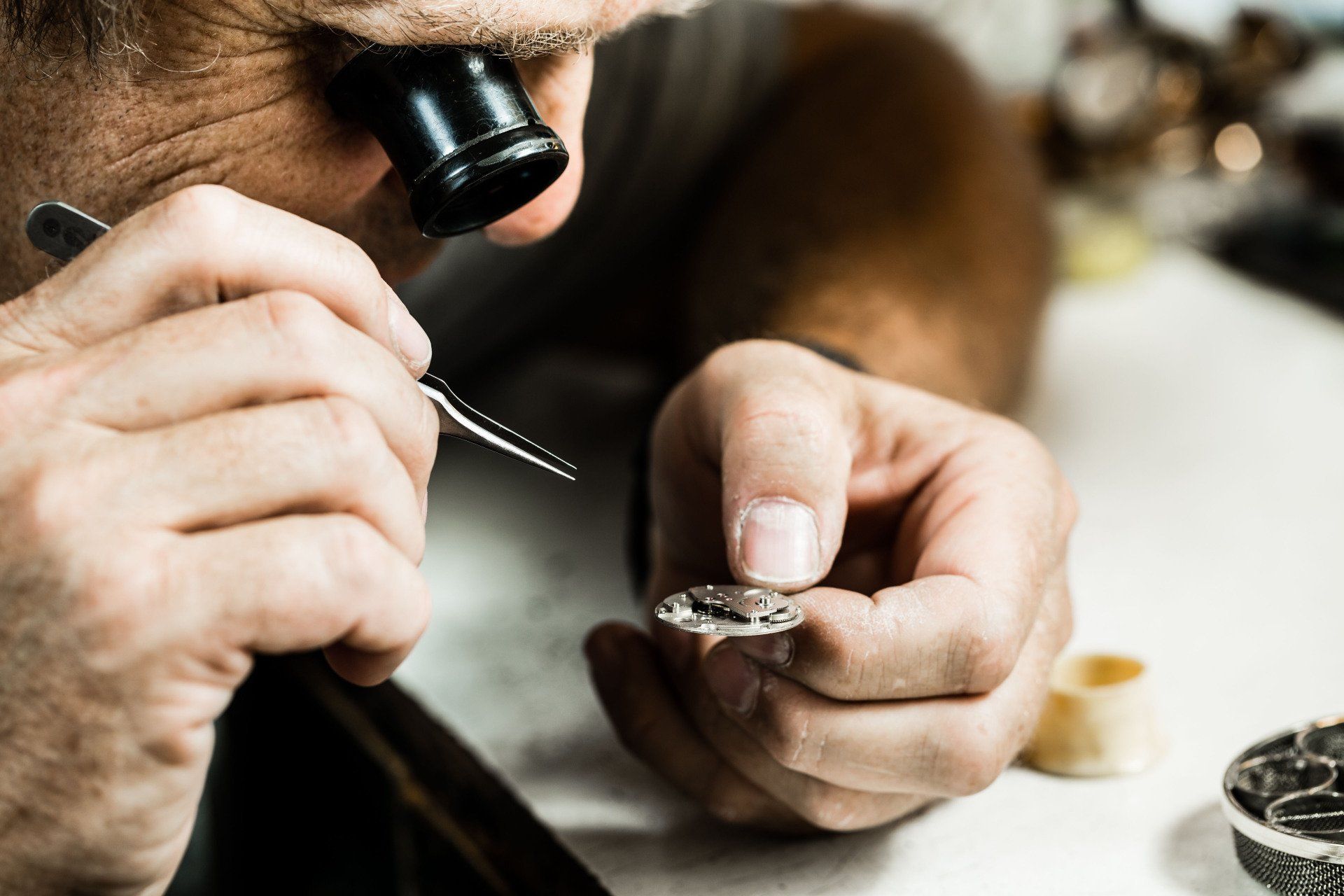Make It Run
7 Things You Probably Didn't Know About Watches
A watch is a timeless piece of jewelry that many people wear to tell time. However, they're also full of unique features and details you may not be aware of. Here are seven things you probably didn't know about watches.
1. Frequency
The frequency of a watch is measured in Hertz (Hz) and determines the accuracy of timekeeping. A watch with a frequency of four Hz makes four full oscillations per second, or eight vibrations, which adds up to 28,800 vibrations per hour, according to GQ. Watches with higher frequencies can be more accurate than ones with lower frequencies.
2. Watch Parts
According to Wikipedia, the average watch contains around 100 pieces and consists of several parts, including the movement, case, crystal, hands, and dial. Watchmakers can craft them from various materials, such as metal or plastic.
3. Movements
The movement is the heart of a watch and determines accuracy. There are two main types of movements: quartz and mechanical. A quartz watch uses batteries to power the oscillator, while mechanical ones rely on a spring-driven mechanism called automatic winding. Automatic winding is more accurate than quartz and requires less maintenance.
4. Water Resistance
According to HiConsumption, a watch's water resistance is measured in atmospheres (ATM). Each ATM measures the pressure of one atmosphere (1 ATM) and can be used to determine how deep a watch can be submerged without being damaged. Most have a rating between 2-10 ATM, which means they can withstand pressures up to 10 atmospheres.
5. Shock Resistance
Shock resistance indicates how much shock the watch can withstand before it stops running. A watch with higher shock resistance can stand up to sudden, strong impacts better than those with lower shock resistance.
6. Complications
A watch complication is any feature that goes beyond telling the time. There are a few different types of complications you can find on watches, such as tourbillons and perpetual calendars.
7. Antimagnetic Watches
An antimagnetic watch can resist the effects of magnetism, which can cause a watch to lose accuracy. According to our experts, the resistance can be measured in amperes per meter (A/m) and ranges from 1,500 to 4,800 A/m depending on the type of watch.
Your watch has more to it than meets the eye, making this item an accessory with a lot of history and features. If you're looking for a timeless wrist piece with unique features, these facts will help you pick the perfect watch for your collection. Contact Sierra Repairs, Watch & Clock Repair and Service for details about our items.
Hours
Mon-Sat 10:00 AM - 6:00 PM
Sun Closed
ISSAQUAH, WA
6100 E Lake Sammamish Pkwy. SE
Inside Fred Meyer Jewelers
Issaquah, WA 98029


Share On: